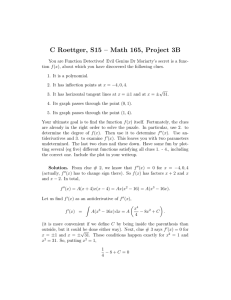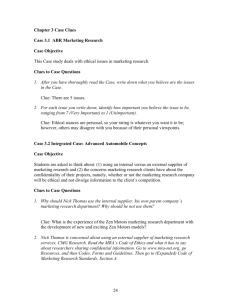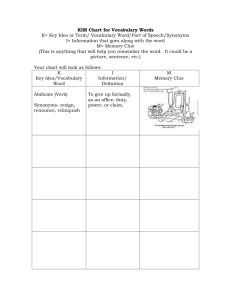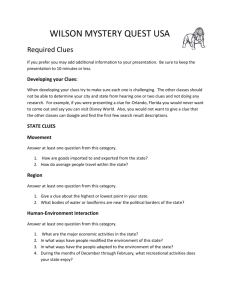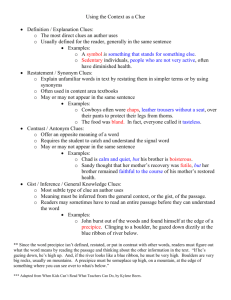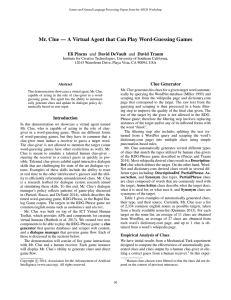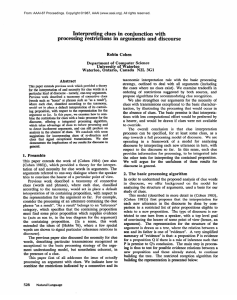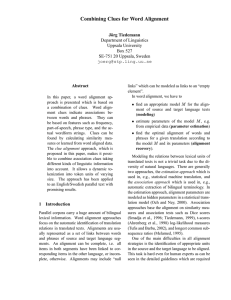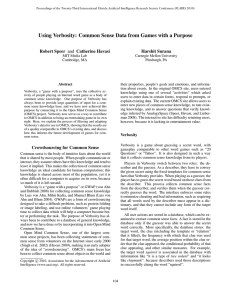C Roettger, S15 – Math 165, Project 3A
advertisement
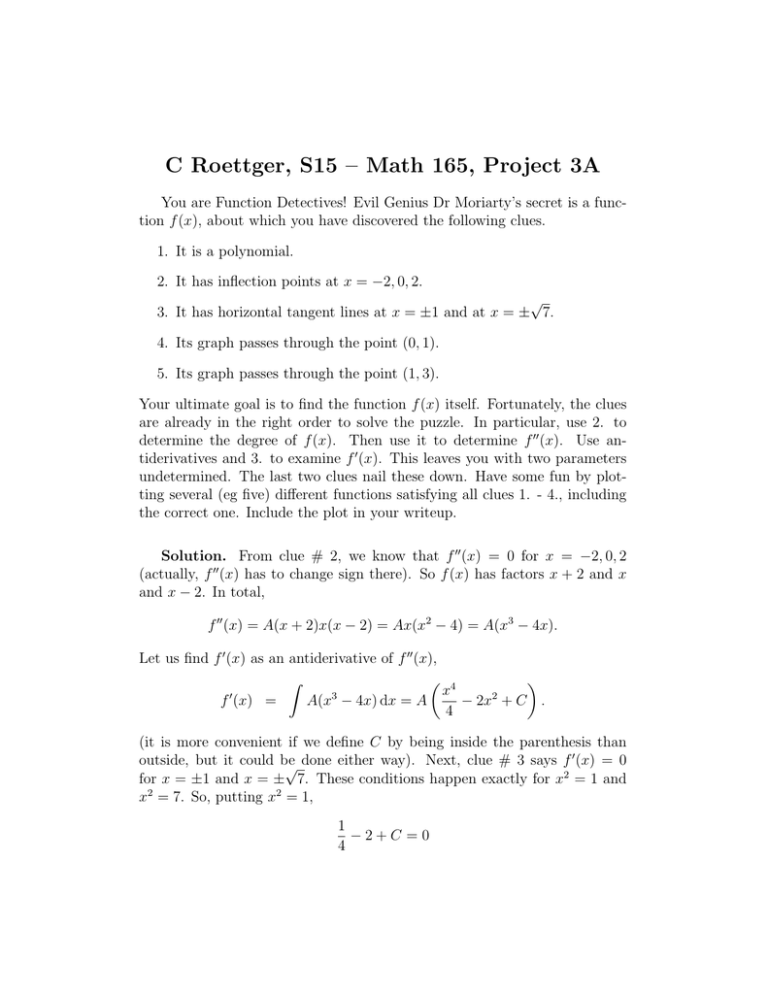
C Roettger, S15 – Math 165, Project 3A You are Function Detectives! Evil Genius Dr Moriarty’s secret is a function f (x), about which you have discovered the following clues. 1. It is a polynomial. 2. It has inflection points at x = −2, 0, 2. √ 3. It has horizontal tangent lines at x = ±1 and at x = ± 7. 4. Its graph passes through the point (0, 1). 5. Its graph passes through the point (1, 3). Your ultimate goal is to find the function f (x) itself. Fortunately, the clues are already in the right order to solve the puzzle. In particular, use 2. to determine the degree of f (x). Then use it to determine f �� (x). Use antiderivatives and 3. to examine f � (x). This leaves you with two parameters undetermined. The last two clues nail these down. Have some fun by plotting several (eg five) different functions satisfying all clues 1. - 4., including the correct one. Include the plot in your writeup. Solution. From clue # 2, we know that f �� (x) = 0 for x = −2, 0, 2 (actually, f �� (x) has to change sign there). So f (x) has factors x + 2 and x and x − 2. In total, f �� (x) = A(x + 2)x(x − 2) = Ax(x2 − 4) = A(x3 − 4x). Let us find f � (x) as an antiderivative of f �� (x), � � 4 � x 2 � 3 − 2x + C . f (x) = A(x − 4x) dx = A 4 (it is more convenient if we define C by being inside the parenthesis than � outside, but it could be √ done either way). Next, clue # 3 says f2 (x) = 0 for x = ±1 and x = ± 7. These conditions happen exactly for x = 1 and x2 = 7. So, putting x2 = 1, 1 −2+C =0 4 which means C = 74 . Then automatically, f � (x) = 0 for x2 = 7 as well. We still do not know the value of A. Even clue # 4 does not determine its value. But since � 4 � � x 7 2 f (x) = A − 2x + dx 4 4 � � A x5 8x3 = − + 7x + D 4 5 3 the clue #4 tells us D = 1. Finally, clue # 5 says � � A 1 8 f (1) = − +7 +1=3 4 5 3 which we can solve for A to get A= 8 · 15 30 = . 68 17 The graph below shows several functions that satisfy all clues # 1 - 4, with the one plotted in bold red being Dr Moriarty’s secret. Note how they all share the x-coordinates of points with horizontal tangent lines (these are local maxima / minima). It’s harder to see that they all have inflection points with x-coordinates −2 and 2 because all the graphs meet in a different point close by. But the common inflection point (0, 1) is very visible.
